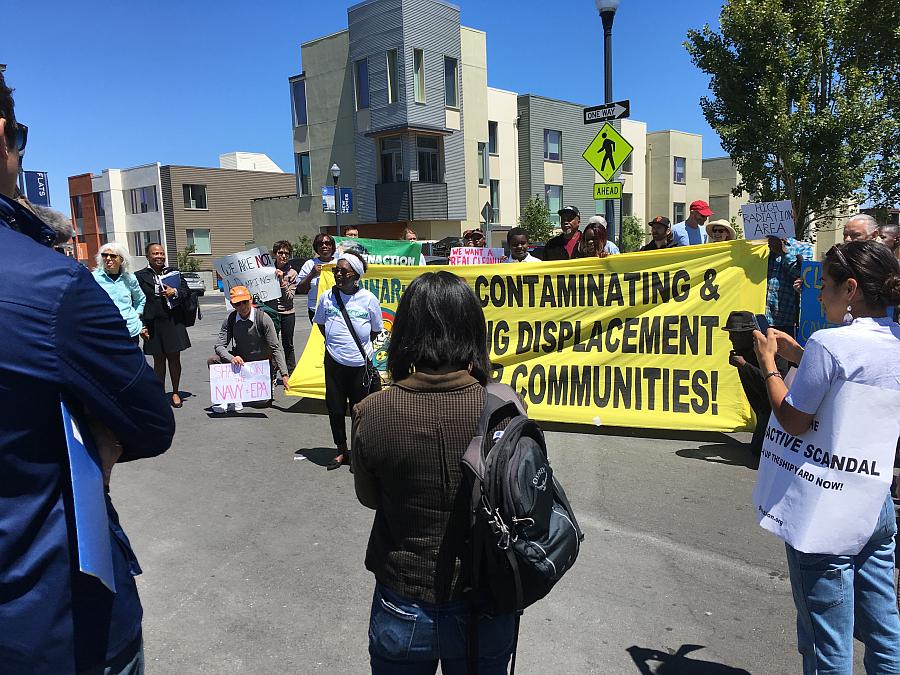Do California’s 'failure to protect' laws really protect children or families?

California's “failure to protect” law holds parents responsible for “willful or negligent failure” to safeguard their children from harm or the risk of harm. Under the law, children with significant risk of physical, sexual or emotional abuse, as well as neglect, can become dependents of the court and placed under the supervision of child protection services (CPS).
More than half of open cases in Los Angeles County’s Department of Children and Family Services involve domestic violence, according to a 2021 report from the UCLA Pritzker Center. Often this meant the mother, who suffered intimate partner violence, lost custody of her children for “failure to protect” — presumably for not keeping the kids safe during her abuse.
Such family separation can be devastating for the children, and can pose real harm to their health and development. In contrast, a secure relationship with a caring adult, typically a parent, can build resiliency for a child with a history of trauma, such as exposure to violence.
The U.S. Department of Health and Human Services generally advises against the use of the “failure to protect” policies in domestic violence cases, as it can put the blame on survivors and even prevent them from seeking help, due to fear of losing their children. But, use of the statute continues. Notably, California doesn’t issue statewide guidance for “failure to protect” policies in cases of domestic violence. Responsibility for enforcement of the law appears to fall to individual county child welfare agencies.
I am a pediatrician and former director of the foster care clinic at Harbor-UCLA Medical Center. I’ve cared for so many kids trapped in violent households. I thought CPS’s “failure to protect” policies were needed to get kids out of dangerous situations, and sometimes they are. However, I didn’t appreciate the difficult choices mothers – it’s usually women – must make to find safety when they’re entangled in violence.
I’ll be drawing on those decades of experience for a new, multimedia reporting series with CalMatters, supported by a grant from the 2023 Domestic Violence Impact Reporting Fund. I plan to interview women, who are current residents or “graduates” of a south Los Angeles shelter for domestic violence survivors, and their children. Their lived experiences will add the missing human dimension to the “failure to protect” policy dilemma. Many of these women survivors have lost and subsequently regained custody of their kids from child protective services. Some of the women also have completed journeys to recovery from substance dependency, intertwined with their history of violence.
Some of the women want to tell their own stories, which I’ll record for audio or video stories. The women call themselves “victors not victims,” as they have carved pathways to safety. A few of their older children and teens also want to tell their stories, including a 10-year-old boy who says he wants to grow up to run a shelter to help other kids like him.
To understand the limitations of California’s failure to protect law, I plan to speak with domestic violence advocates, as well as legal authorities, for their take on the statutes. I plan to interview Los Angeles County CPS representatives about the challenges in interpreting and applying “failure to protect” policies in individual cases. I’ll also talk with CPS representatives from select California counties, as well as a few other states, to see how they handle “failure to protect” policies. In addition, I’ll talk with experts on child health and development about the impacts of exposure to domestic violence and parental separation.
Ideally, a better understanding of how these policies are playing out in the real word will also help identify solutions that could keep families safely together.

